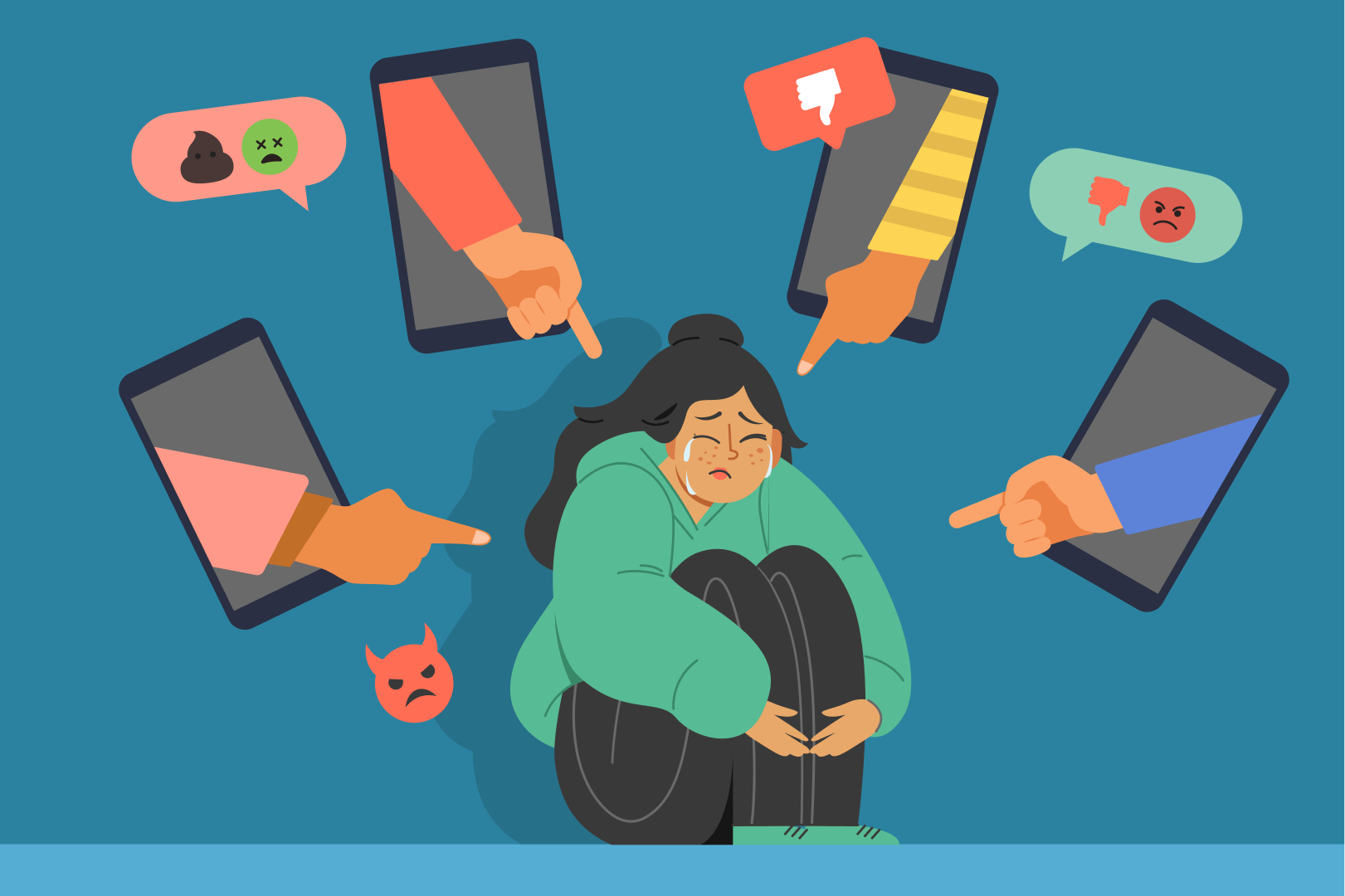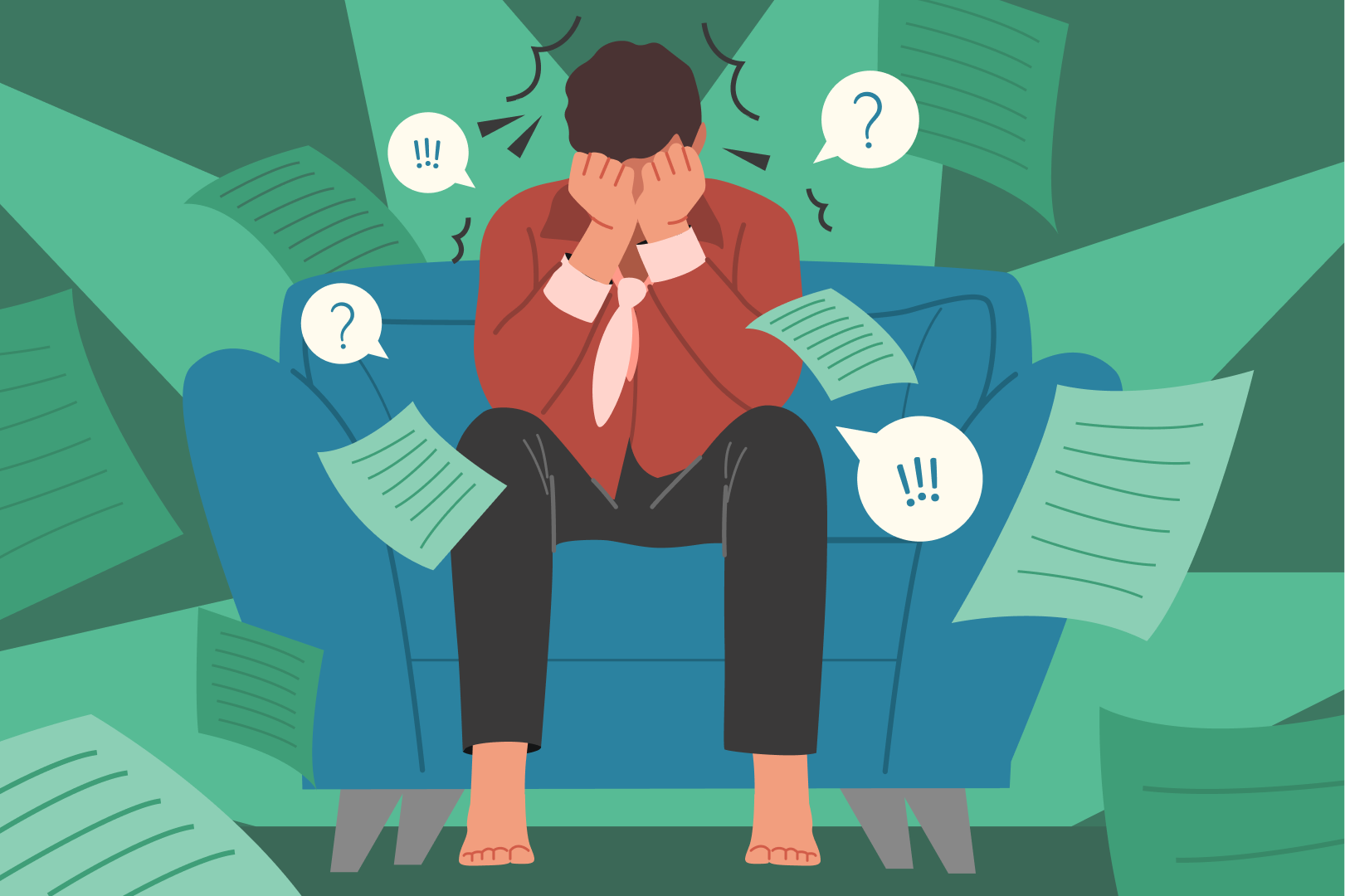A protective factor is something that helps to prevent problems. A risk factor is something that leads to problems.Mental health problems are complex issues and are never the result of one risk factor. Someone who has several risk factors could have coped better with problems than someone else who experienced less risk factors. It is important to remember that each individual person experiences stress, pain, and risk in different ways.
Common Risk Factors
Biophysical
- Family history of mental health problems
- Complications during pregnancy or birth
- Personal history of Traumatic Brain Injury
- Chronic medical condition such as cancer or diabetes, especially hypothyroidism or other brain-related illness such as Alzheimer’s or Parkinson’s
- Use of alcohol or drugs
- Poor nutrition and lack of sleep
Psychological
- Stressful life situations, such as financial problems, death of a loved one, broken relationships, changing school, moving to a new place
- Traumatic life experiences, such as violence, rape
- Low self-esteem, feeling of being incapable, negative view of life, poor coping skills
- Poor academic achievement leading to rejection and disapporoval
Social
- Being abused or neglected as a child
- Being in an abusive relationship or friendship
- Having few friends or few healthy relationships
- Recent loss, either by death, divorce, or other means
- Bullying, either as the victim or perpetrator
- Growing up, or currently living, in poverty
- Poor social skills, poor communication skills
- Discrimination
- Lack of access to support services
Common Protective Factors
As youth grow and fulfill the roles expected of them there are factors in their environment that promote or hinder the process. These are frequently referred to as protective and risk factors.
The presence or absence and various combinations of protective and risk factors contribute to the mental health of youth. Identifying protective and risk factors in youth may guide the prevention and intervention strategies to pursue with them. Protective and risk factors may also influence the course mental health disorders might take if present.
Biophysical
- Healthy diet, exercise
- Reaching milestones of development (like puberty) on time
- Sleeping adequately
- Focus on making healthy food and beverage choices from all five food groups including fruits, vegetables, grains, protein foods, and dairy to get the nutrients you need.
Psychological
- Reliable support and discipline from parents
- Following rules at home, school, work
- Emotional self-regulation
- Good coping skills and problem solving skills
- Sense of self-sufficiency/ being competent
- Optimism
- Positive self-regard/ feeling good about yourself
- Accepting the way you look
Social
- Ability to make friends and get along with others
- Good relationships with friends and colleagues
- Supportive relationship with family
- Participation in sports team, club, community, or religious group
- Economic/Financial Security
- Access to support services like doctors,counsellors
A protective factor can be defined as “a characteristic at the biological, psychological, family, or community (including peers and culture) level that is associated with a lower likelihood of problem outcomes or that reduces the negative impact of a risk factor on problem outcomes.”1
Conversely, a risk factor can be defined as “a characteristic at the biological, psychological, family, community, or cultural level that precedes and is associated with a higher likelihood of problem outcomes.”2
The table below provides examples of protective and risk factors by five domains: youth, family, peer, community, and society.
Risk and Protective Factors for Mental, Emotional, and Behavioral Disorders in Adolescents
Risk Factors | Domains | Protective Factors |
| Individual |
|
| Family |
|
| School, Neighborhood, and Community |
|
Adapted from O’Connell, M. E., Boat, T., & Warner, K. E.. (2009). Preventing mental, emotional, and behavioral disorders among young people: Progress and possibilities. Washington, DC: The National Academies Press; and U.S. Department of Health and Human Services, Substance Abuse and Mental Health Services Administration (2009). Risk and protective factors for mental, emotional, and behavioral disorders across the life cycle.








